














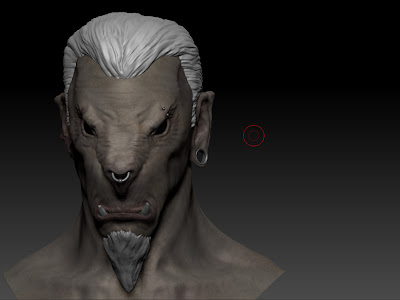
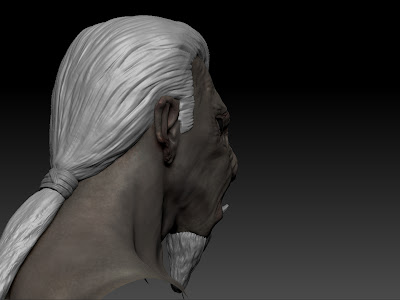
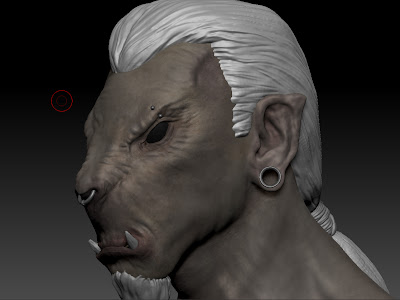

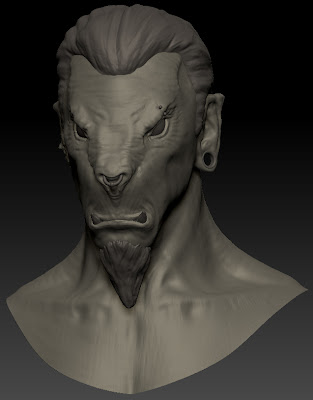
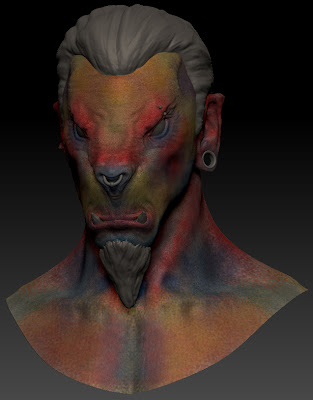
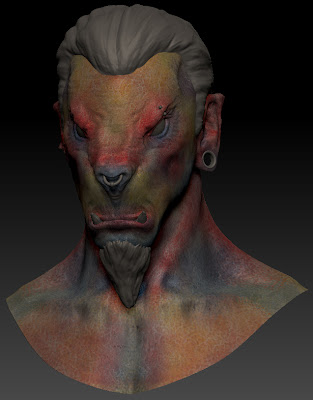
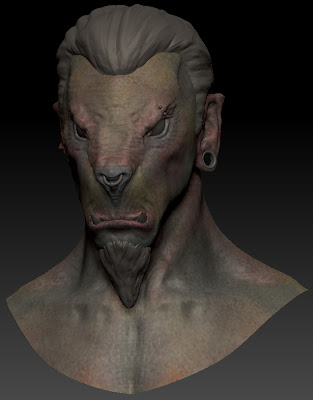
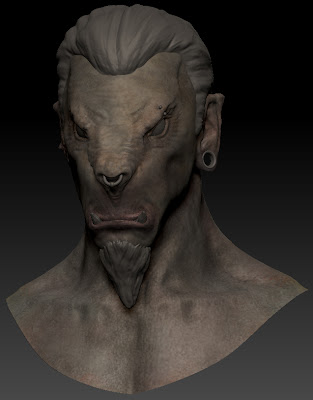
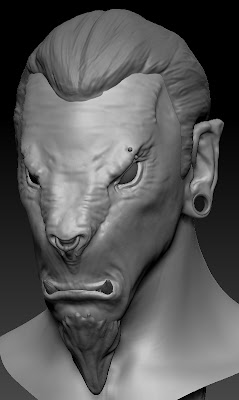
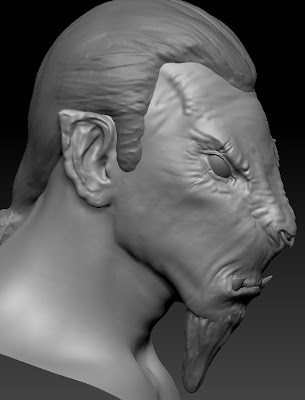
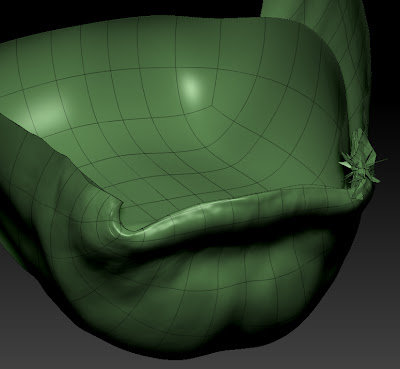
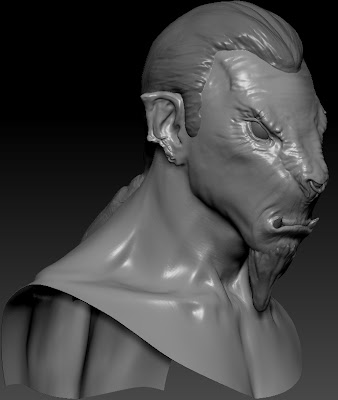
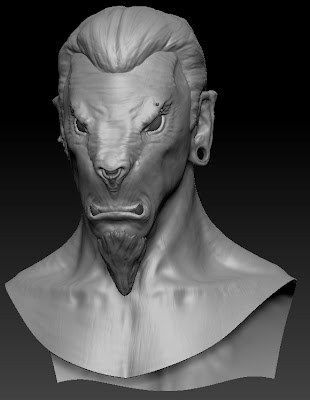



Heavenly Sword is an action-adventure/hack and slash game created by developer Ninja Theory, publishing by Sony Computer Entertainment Europe. It was one of the launch titles for Sony's Play Station 3.
Heavenly Sword has a very interesting story revolving around concepts such as prophecy, tyranny, sacrifice with an underlying stance on futility of human conflict. The story begins with a brutal warlord known as the Raven King who controlled the land by destroying all who opposed him. Answering the prayers of those he subjugated a warrior descended from heaven and defeated the Raven Lord, after the battle the warrior disappeared, but his weapon remained. From then on men greedy for power fought over the sword, and over time it became fuelled by their blood lust, the sword began to absorb the life of whoever wielded it. Eventually a clan of warriors intervened in the cycle of death and destruction surrounding the sword and took it upon themselves to protect the sword from those who sought its power, waiting for the day when it was prophesised that the heavenly warrior would return and lead them to the promised land.

Nariko is even at the games outset an incredibly tragic figure, her only friend in the world is a troubled and disturbed young orphan named Kai, who Nariko treats as a sister. Her relationship with her father is an uncomfortable one to say the least, he views her as a constant disappointment as she was not the hero prophesised. Shen (Nariko's father) takes a role more of a tutor that her father, attempting to separate himself from her emotional, but continues to teach her and raise her as a warrior. He is filled with many conflicting emotions over Nariko, hatred for failing to fulfil the prophecy and for taking her mother from him, and also guilt that he tried to take the life of his newborn daughter, and an uncertainty as to whether he made the right decision not to. From the beginning of the game the characters are complex in their own right, but better still they actually relate to each other making the whole story feel much more real.
Visually the game draws a look from eastern culture, and I believe that Shen and Nariko's relationship also draws a lot from the feeling of disappointed that parents in ancient

Nariko definitely falls into the archetype of the hero. Despite all she has been through with her father and her clan, she still opts to make the ultimate sacrifice and offer her life to the heavenly sword in order to free them from and defeat King Bohan. Nariko is driven by a rage fitting with her fiery nature. She wants nothing more than to destroy King Bohan and free her clan. Despite this rage all the way through the story she is still incredibly selfless one of the key character traits of the hero. She even shows mercy on King Bohan when she has defeated him and the Raven King has left his body, leaving him crippled. Rather than let her rage get a hold of her and finish him, she lets him live at the request of his son Roach.

I think one of the key things that helps Nariko to work as a wonderfully complex and tragic heroine, is the way her face is animated, Heavenly Sword was one of the first games to use facial motion capture, even having Andy Serkis working as the Dramatic Director and voicing/acting a character himself. In this way so much of Nariko's character is taken and then pushed even further by the performance of Anna Torv, and using motion capture software allows the facial animators to really build of the subtlety of performance and the way Anna Torv delivered her lines.
 Visually Raziel is very distinctive, he appears very skeletal as much of his humanoid vampire form was burnt away leaving muscle and bone exposed. He is missing his lower jaw which he covers by wearing the banner of his former clan as a cowl. He skin is blue which has lots of meaning attached to it as every colour does. In the context of the story his blue skin is based on Hindu mythology in which blue skinned characters are known for depth of character and the capacity to fight evil. Raziel still retains the tattered remnants of his wings which Kain tore from his body,
Visually Raziel is very distinctive, he appears very skeletal as much of his humanoid vampire form was burnt away leaving muscle and bone exposed. He is missing his lower jaw which he covers by wearing the banner of his former clan as a cowl. He skin is blue which has lots of meaning attached to it as every colour does. In the context of the story his blue skin is based on Hindu mythology in which blue skinned characters are known for depth of character and the capacity to fight evil. Raziel still retains the tattered remnants of his wings which Kain tore from his body, 





















